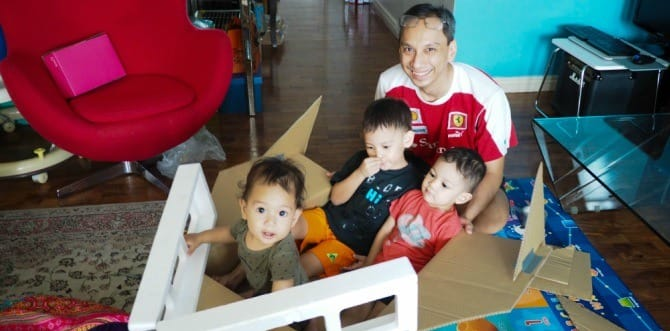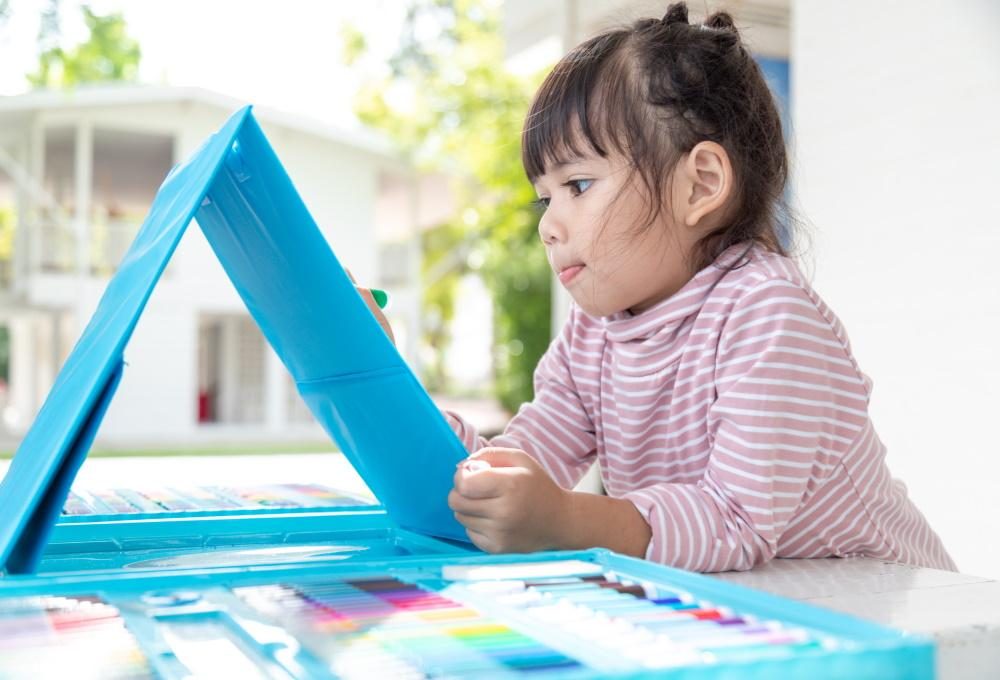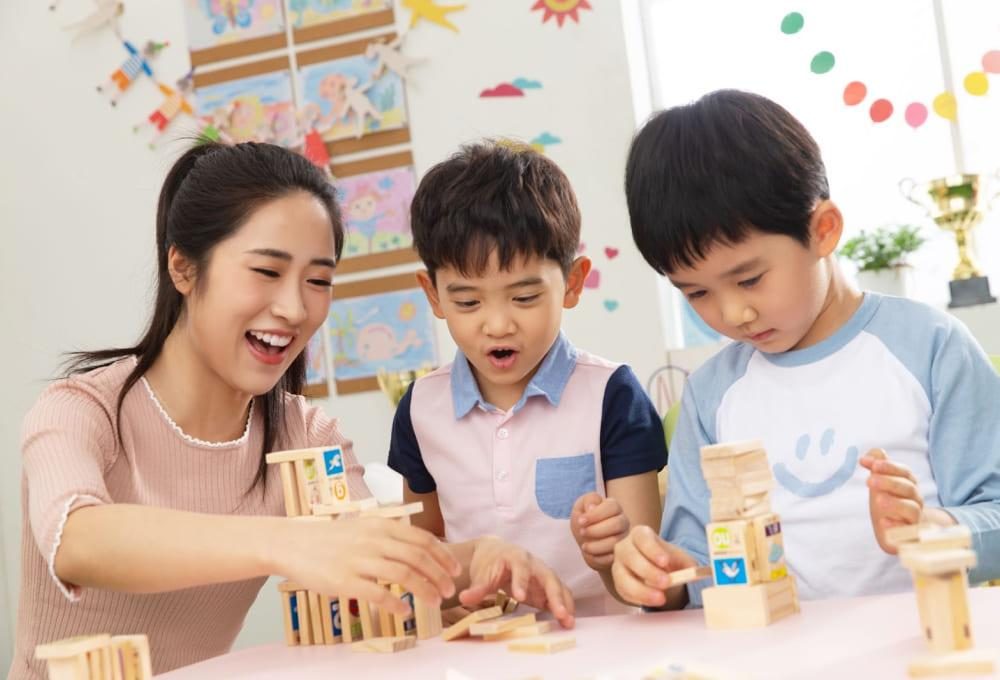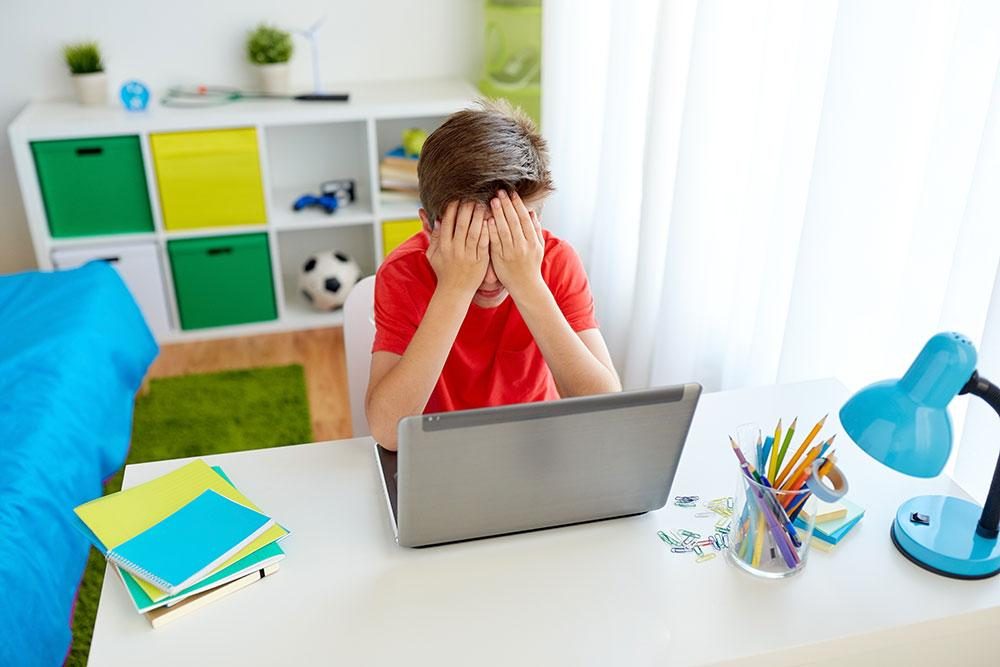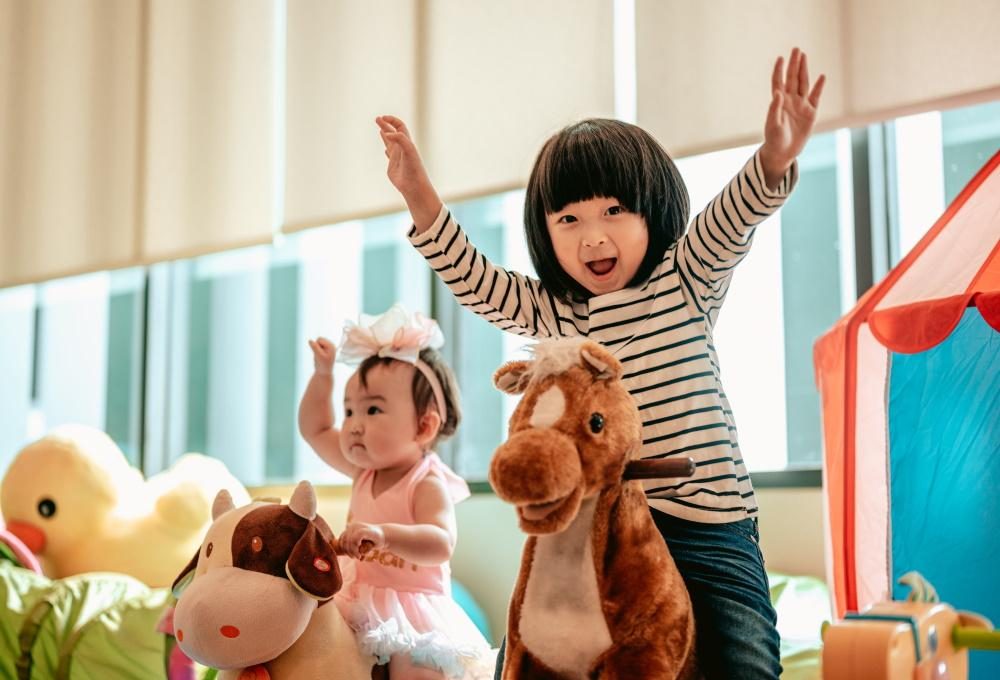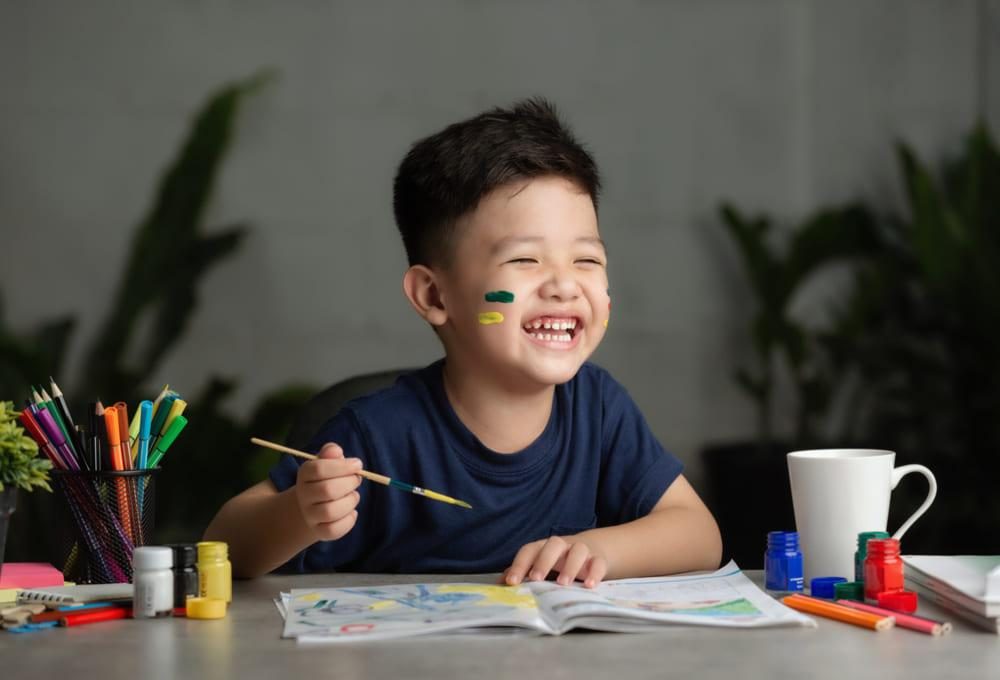What’s Your Child’s Learning Style?
by on 02/08/2025 ...
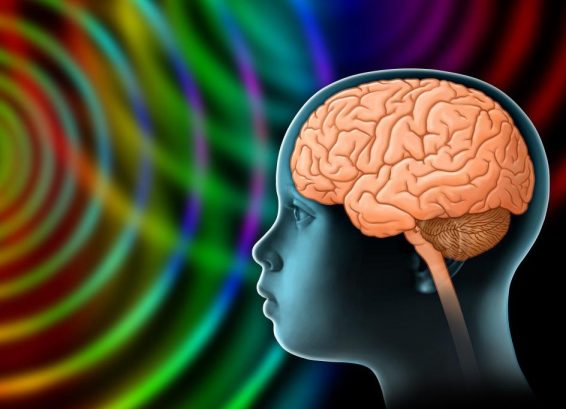
You may wonder why you child needs to do her homework with the radio or TV on. You may even had many arguments on this; but when you see that she’s doing well in her exams, you may in the end let her have her way, because after all, she is excelling in her studies. Maybe that’s just her way of studying.
However, you need to be aware about the differences of learning styles. You may have yours when you were studying for your finals in college.
Not all children have the same learning style. Education experts have identified 3 basic learning styles, namely visual, auditory and kinesthetic. By identifying your children’s learning styles, you can help them to enhance their learning process.
Visual
Visual learners use their sense of sight to absorb information. They learn through watching others and also through re-writing what they have read.
How to identify?
Visual children are usually very observant and are able to visualize very well. They enjoy drawing and doodling. They also have a good sense of direction and inborn map reading skills.
How to encourage visual learners?
Instead of getting them to listen to you explain about a giraffe, show them a picture or better still, bring them to the zoo. Instead of listening to a lecture on the dangers of fire, show them a real footage of a burning forest.
For younger children, use a lot of different colours, pictures and videos. For elder children, you can introduce mind mapping and show them how to link information and you’ll see how fast they can remember what was taught. Don’t forget to give them plenty of different colour pens.
What to do when faced with a different teaching style?
One way to keep visual learners from getting bored when teacher talks non-stop is to suggest them to watch the teacher’s mouth as she speaks. Take notes while the teacher is teaching definitely is a good strategy for them as well.
Auditory
Auditory learning involves learning through written and spoken words. They use their sense of hearing to gather information.
How to identify?
Auditory children love to express themselves, both in writing and in speech. Word plays like puns and tongue twisters are fun for them. In a classroom, they are able to grasp teacher’s instructions instantly. And for many of them, having “background” music helps them focus and study better. They may not be listening to sound entirely, but the presence of the sound helps them better.
How to encourage auditory learners?
Find ways to get auditory children to talk about what they had learnt. For instance, they can do role play as teachers who “teach” you who pretend as student. For younger auditory children, story time is a great learning experience. Songs and rhymes help too.
You can also suggest the children to join the public speaking and debates team. They may be shy at first, but they will quickly warm up after finding how natural speaking comes to them.
What to do when faced with a different teaching style?
Teach children to complement what they see or do by saying it out loud. When silence is required, tell them to whisper to themselves. Also, you can encourage them to learn other learning skills by playing with hands-on toys like building blocks. They can narrate a story as they play.
Kinesthetic
Kinesthetic children gather information through touch. This learning style is also known as tactile or physical learning style. While all babies learn through this way, some children continue to lean towards this way even in kindergarten.
How to identify?
They are the ones who can’t wait to get their hands dirty. They enjoy physical activities like solving jigsaw puzzles or arts and crafts. They are expressive using their non-verbal language (body and limbs). Being active is one of their most distinctive traits.
How to encourage a kinesthetic learner:
They learn well through hands-on experiments like dissolving an ice in a cup of warm water. Tell them to touch and feel the outcome of the experiments. Try to bring in physical objects as part of the lessons. Give the child papers and colours and let them draw out their imaginations.
What to do when faced with a different teaching style:
They may have problems in a typical Malaysian educational system where teachers tend to speak and write more. Of course it will be the most ideal for teachers to incorporate physical activities into the current lessons. Nevertheless, given the heavy daily paperwork, this idea can be hardly implemented. You should consider to enrol your children for enrichment programs which focus on the action-based learning.
By understanding how children learn, parents will be able to reduce children’s frustration in the classroom, especially when the teacher’s teaching style is different from the child’s learning style. This will not only help the child learn better but also brings up their interest in learning.

















